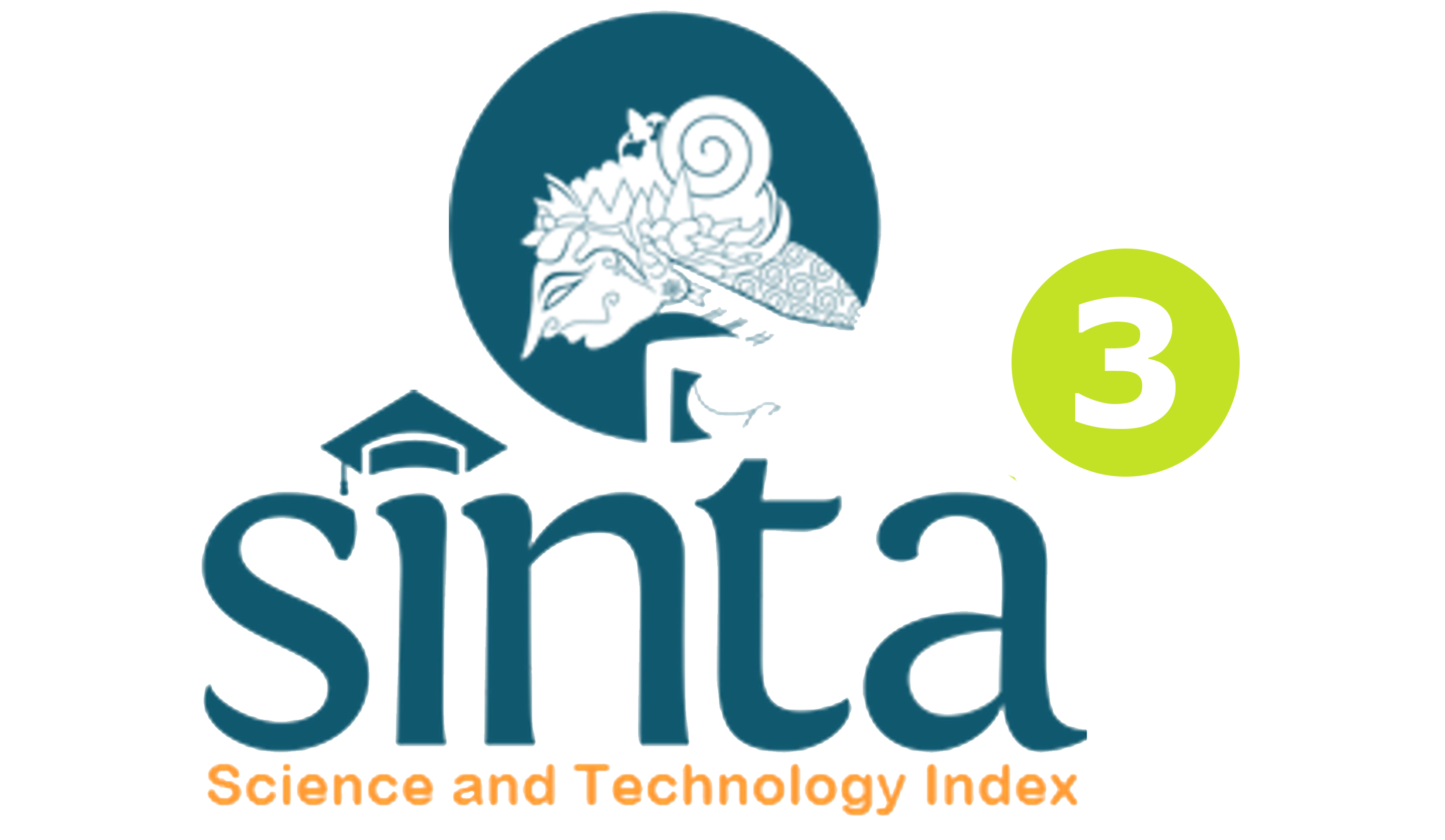PENERAPAN KONSELING BEHAVIORAL DENGAN TEKNIK MODELING UNTUK MENINGKAT PERILAKU DISIPLIN SISWA DI SMA BHAKTIYASA SINGARAJA TAHUN PELAJARAN 2014/2015
DOI:
https://doi.org/10.23887/jibk.v2i1.4421Abstract
Tujuan penelitian adalah untuk mengetahui peningkatan perilaku siswa kelas XI IPB di SMA Bhaktiyasa Singaraja , melalui Penerapan Konseling Behavioral dengan Teknik Modeling. Penelitian ini merupakan penelitian tindakan bimbingan konseling (Action research in counseling) yang sering disingkat dengan PTBK. Metode Pengumpulan data yang digunakan aalah pedoman wawancara dan observasi, dengan wawancara diperoleh data penyebab perilaku disiplin. Kepada siswa yang menunjukkan perilaku tidak disiplin diberikan Konseling Behavioral dengan Teknik Modeling dalam dua siklus, siklus pertama 5 orang siswa terlihat dapat berubah menunjukkan perilaku disiplin, selanjutnya pada siklus dua semua siswa dari 6 orang siswa yang menjadi subjek penelitian telah menunjukkan perubahan perilaku disiplin. Perubahan itu nampak pda hasil perilaku dan perubahan sikap siswa sebagai berikut : (1) siswa mengikuti aturan berpakaian sesuai dengan ketentuan sekolah, (2) siswa datang k sekolah tepat waktu, (3) siswa menghargai guru, (4) siswa menghormati guru dan staf sekolah, (5) siswa menerima hukuman atas kesalahan yang dilakukan yang memang tidak sesuai dengan tata tertib sekolah yang berlaku, (6) tidak membuat keributan dalam kelas, (7) melaksanakan persembahyangan dengan baik di dalam kelas, (8) siswa saling menghargai sesma teman, (9) siswa mengerjakan tugas tepat waktu.Kata Kunci : Kata Kunci : konseling behavioral dengan teknik modeling, perilaku disiplin.
The purpose of the study is to determine the increase in class XI student behavior in high school IPB Bhaktiyasa Singaraja , through the application of the technique Counseling Behavioral Modeling . This research is a counseling action ( Action research in counseling ) is often abbreviated to PTBK . Data collection methods used aalah interview guide and observation , the interview data showed the cause of behavior disciplines . To students who demonstrate undisciplined behavior given by the Behavioral Counseling Modeling Techniques in two cycles , the first cycle of 5 students look to change the behavior demonstrated discipline , then the two cycles of all the students of 6 students who become the subject of studies have shown changes in behavior discipline . That change seems pda behavioral outcomes and student attitudes change as follows : ( 1 ) students follow the dress code in accordance with the provisions of the school , ( 2 ) students come to school on time k , ( 3 ) students appreciate teachers , ( 4 ) students respect the teachers and staff school , ( 5 ) students receiving punishment for mistakes made that does not comply with the school rules are in effect, ( 6 ) do not make a fuss in the classroom , ( 7 ) conduct prayers well in the classroom , ( 8 ) students respect Sesma friend , ( 9 ) the students do the work on time .
keyword : Keywords : behavioral counseling with modeling techniques , behavioral discipline .
Published
Issue
Section
License
Jurnal Ilmiah Bimbingan Konseling Undiksha is an Open Access Journal. The authors who publish the manuscript in this journal agree to the following terms:
JIBK is licensed under a Creative Commons Attribution 4.0 International License. This permits anyone to copy, redistribute, remix, transmit and adapt the work provided the original work and source is appropriately cited.
This means:
Jurnal Ilmiah Bimbingan Konseling is licensed under a Creative Commons Attribution 4.0 International License.
(1) Under the CC-BY license, authors retain ownership of the copyright for their article, but authors grant others permission to use the content of publications in JIBK in whole or in part provided that the original work is properly cited. Users (redistributors) of JIBK are required to cite the original source, including the author's names, JIBK as the initial source of publication, year of publication, volume number, issue, and Digital Object Identifier (DOI); (2) The authors are the copyright owner of the article, and the author grants the JIBK held the first publication right.









.png)

.jpg)
